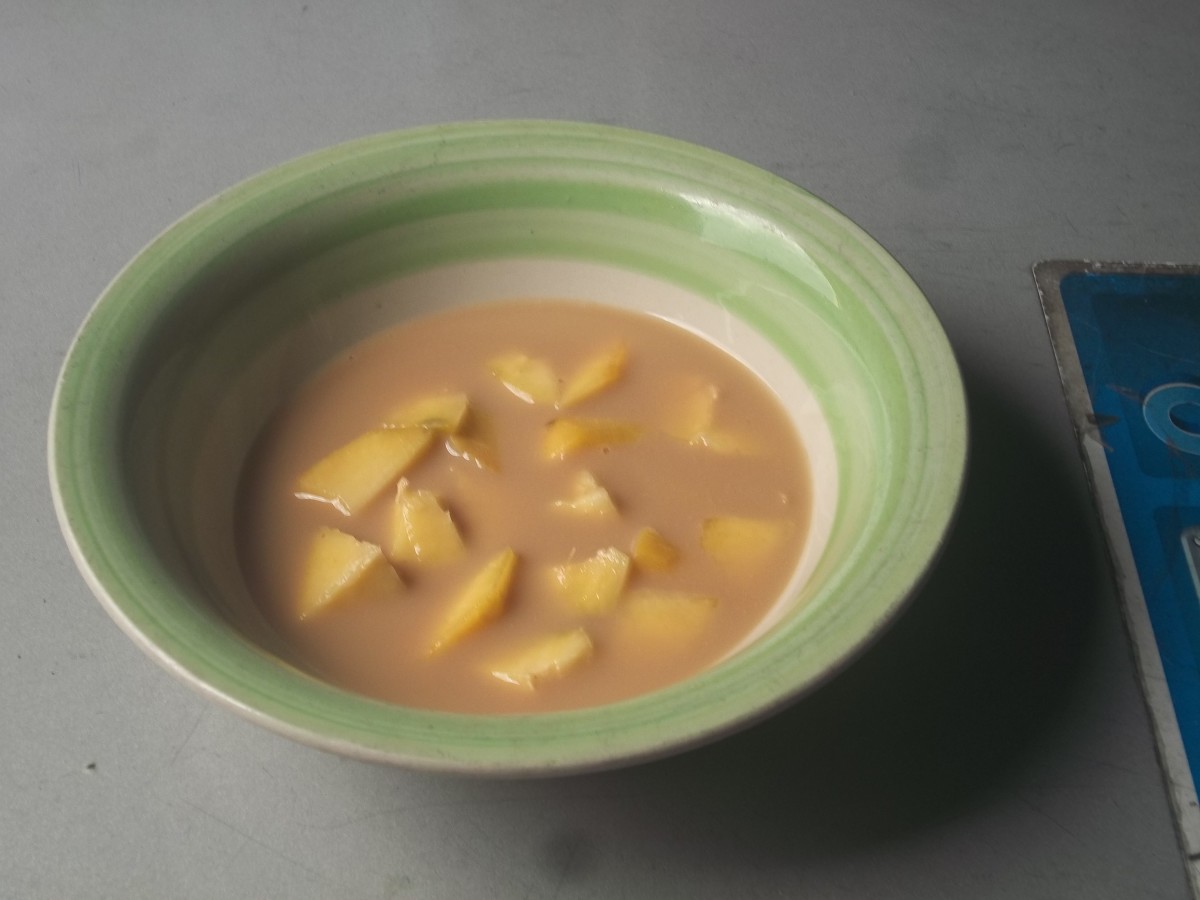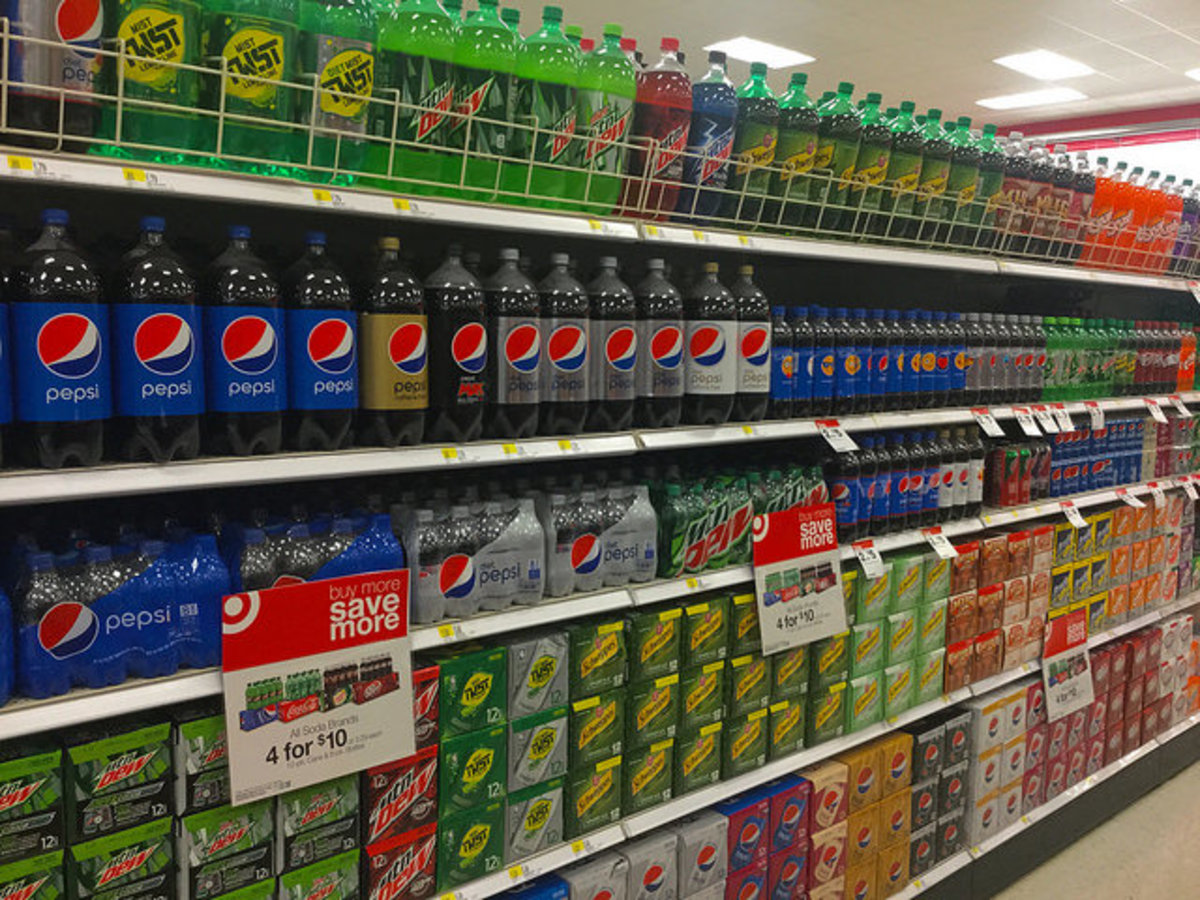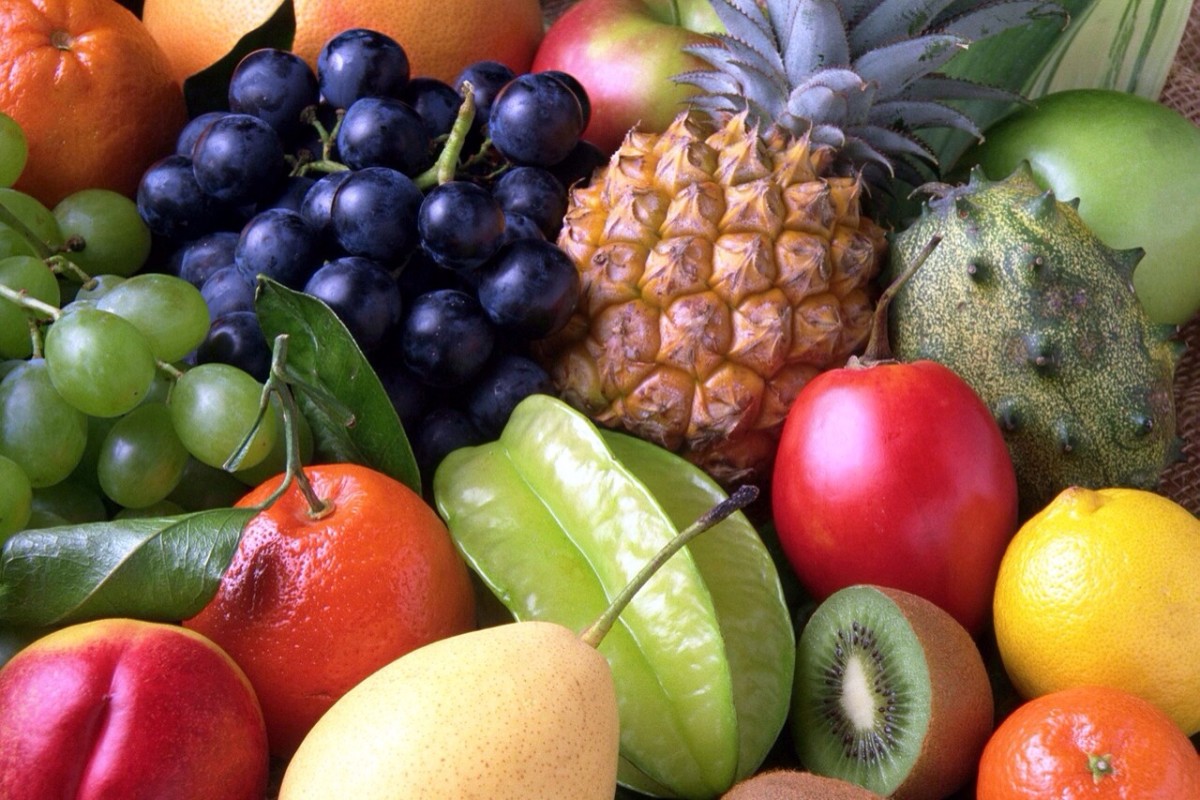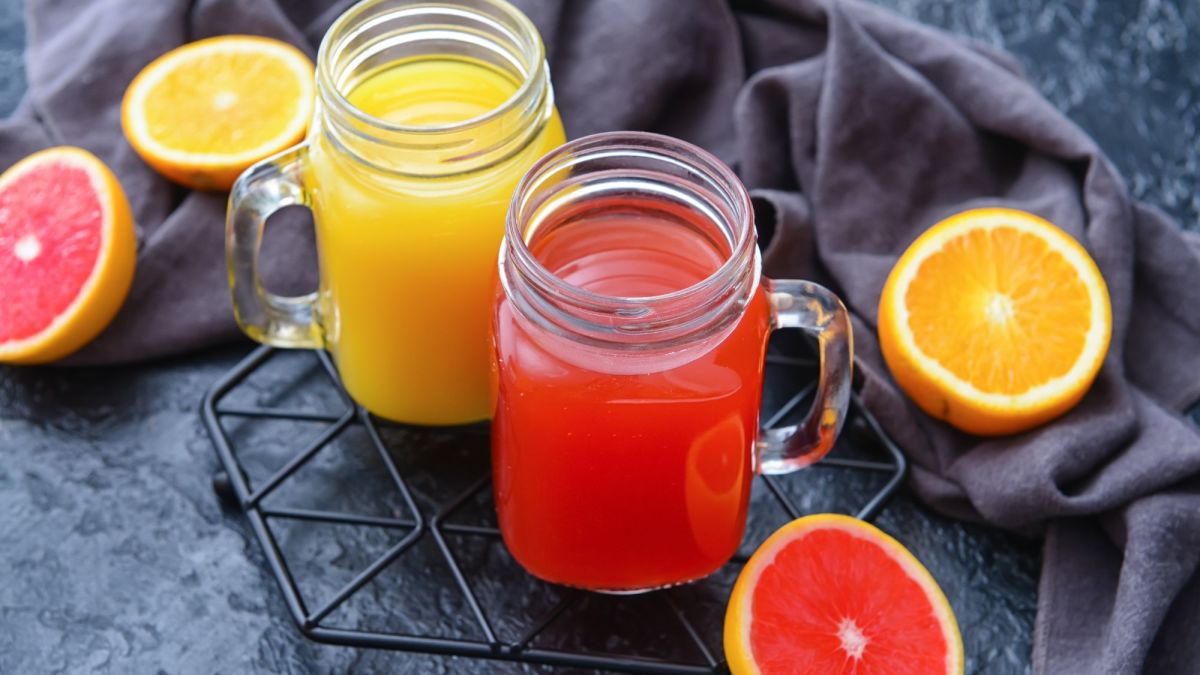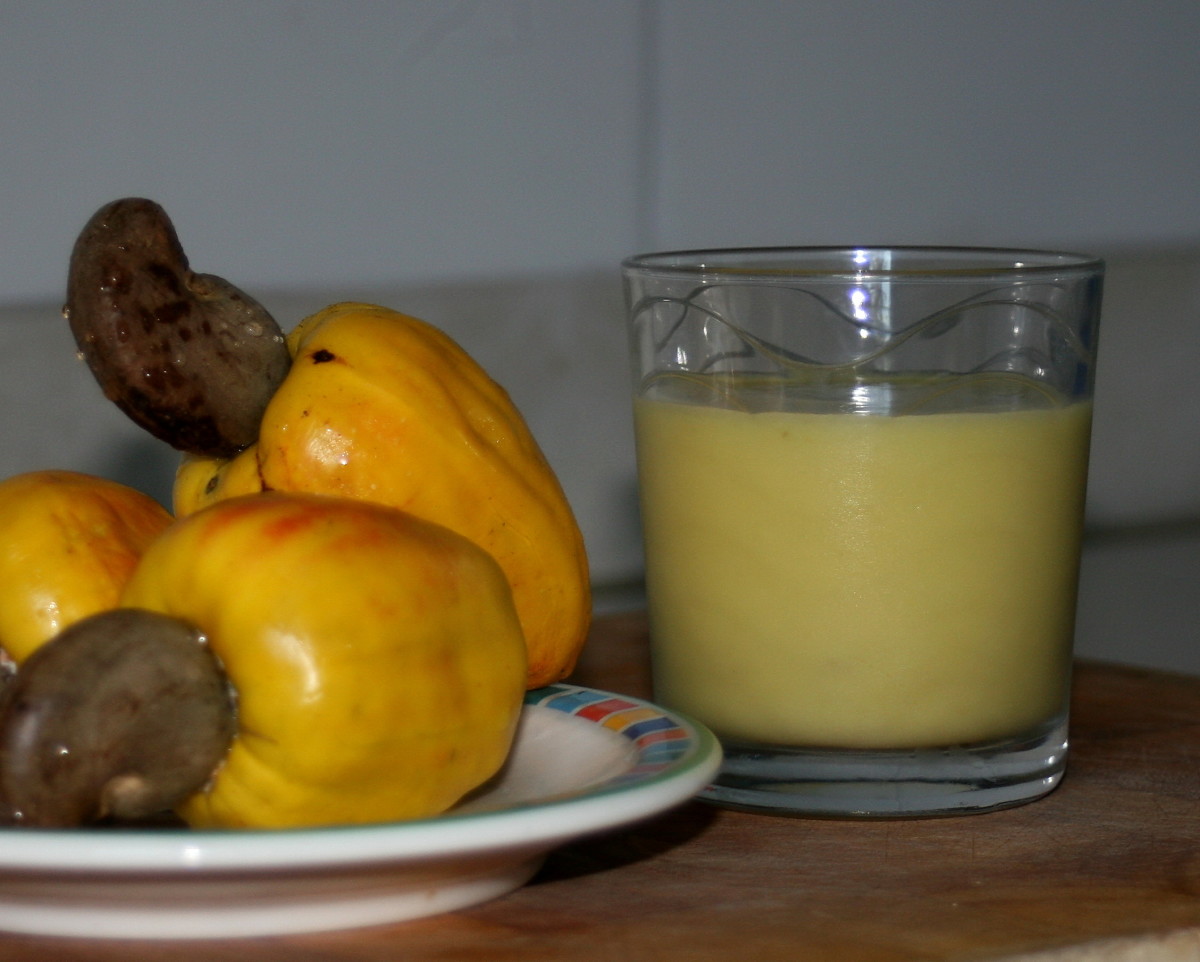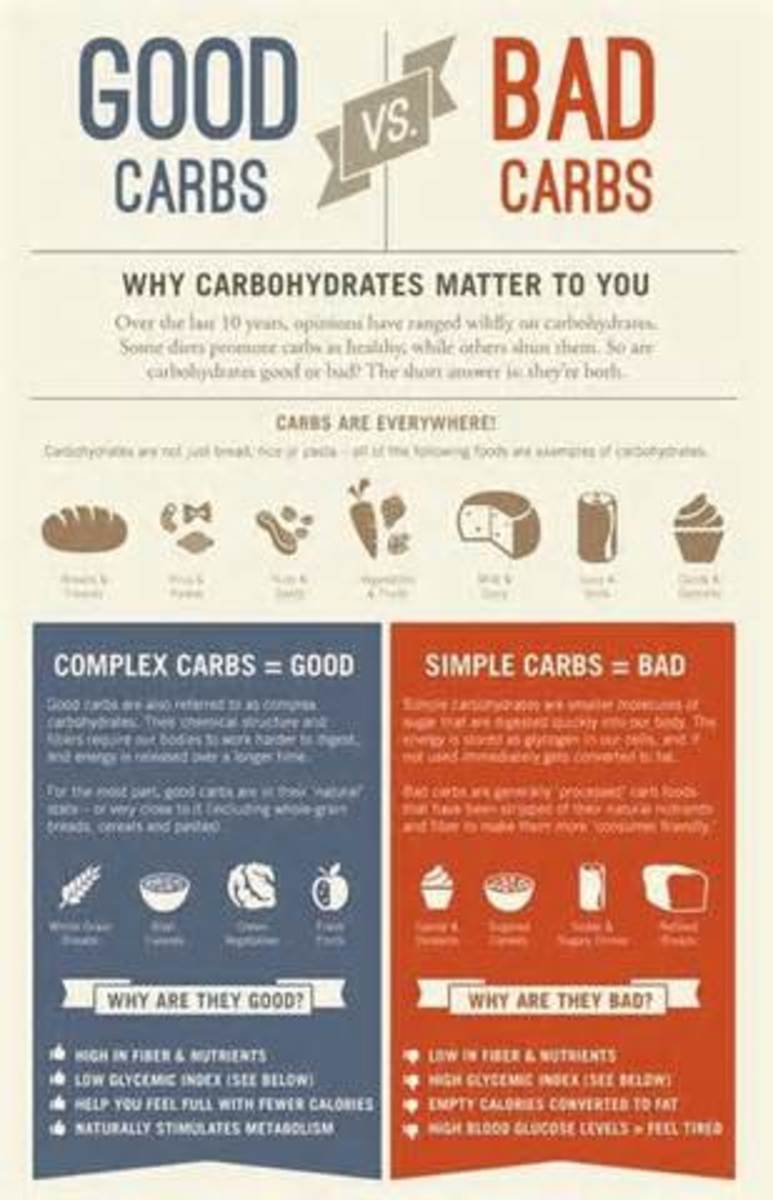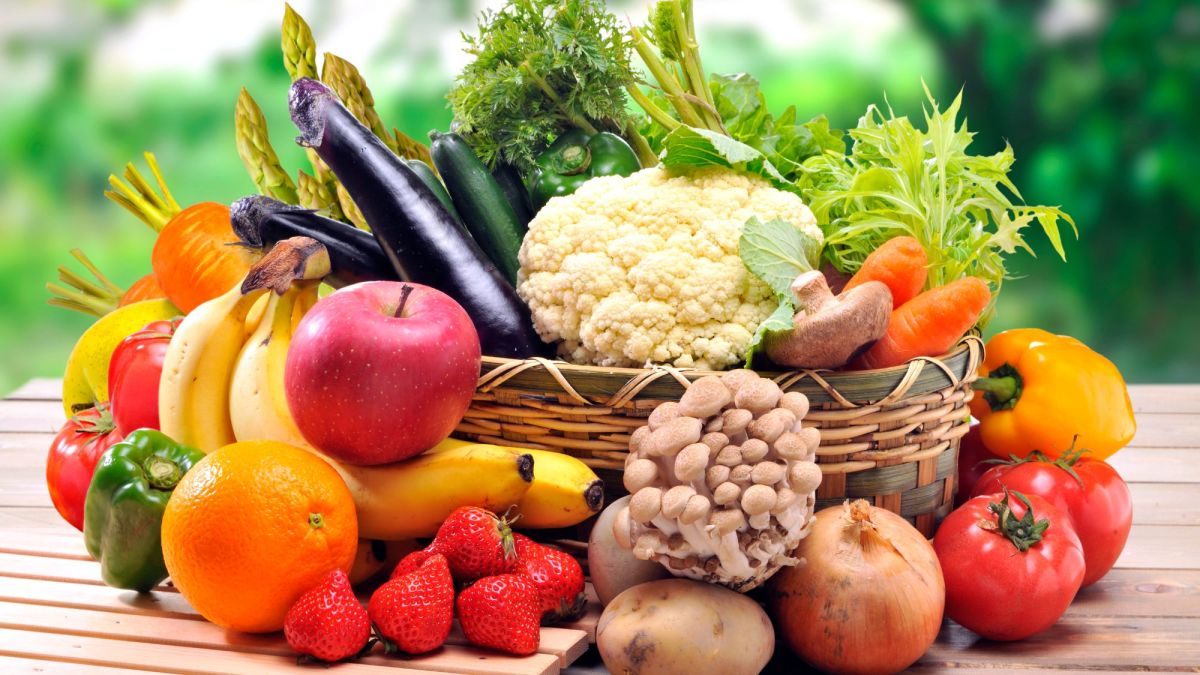- HubPages»
- Health»
- Diet & Weight Loss»
- Diet Advice & Tips
Fruit Juice is Not Healthy
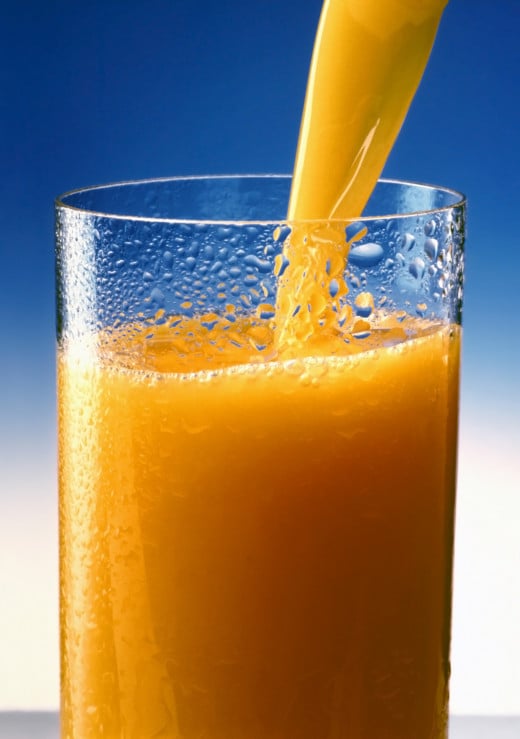
Introduction
For most of the past century, fruit juices have been a staple in many homes. Especially at breakfast time, and parents have often given them in between meals as an alternative to soft drinks.
Beginning in the 1970's, soft drinks increasingly went from being a treat, to being consumed at meals, and in between meals. The explosion of soft drink consumption has, within the last decade, triggered somewhat of a cultural backlash. Some schools removed their soft drink vending machines at the behest of parents, and in the home substitutes have been sought.
Some of these substitutes have been pleasant tasting fruit juices, seen by parents as healthy alternatives to soft drinks. However, while there are some useful nutrients in these juices, the effects on the body, overall, is much the same as drinking a soft drink.
Sugar
A major knock on the soft drinks is the amount of sugar that they contain. Most 12 ounce servings of regular soda pop have anywhere between 35-40g of sugar. And in many, this sugar comes in the form of high fructose corn syrup. This is where juice has a slight advantage, in that the sugar is natural sucrose.
Depending on the fruit juice, a 12 ounce serving will contain anywhere between 30-45g of sugar. However, even consuming that much natural sucrose as opposed to high fructose corn syrup with no fiber to slow down its absorption will send your liver and pancreas into overdrive. It will result in a high insulin spike, especially if it is taken between meals with little to no food remaining in the stomach.
To add, in some store bought brands, additional sugar is even added. Some manufacturers store their squeezed juice for a long time, which has the effect of flavor reduction. The extra sugar is added as a compensating measure.
Lack of Fiber and Other Nutrients
When juice is squeezed out of a whole fruit, the solid end is left behind, and then discarded. Fiber is a very important part of the benefit of the serving of fruit. When we eat fruit, our intestinal bacteria breaks down this fiber and converts it into helpful fatty acids that help protect against colon and other cancers.
The solid fruit is also more filling than just the juice, which guards against consumption of surplus calories. A 12 ounce serving of juice, containing 160 calories will make a difference over a long period of time. It takes several pieces of fruit to make one serving of squeezed fruit juice, where you get all of the sugars from several servings of fruit, without the corresponding fiber and fractional proteins.
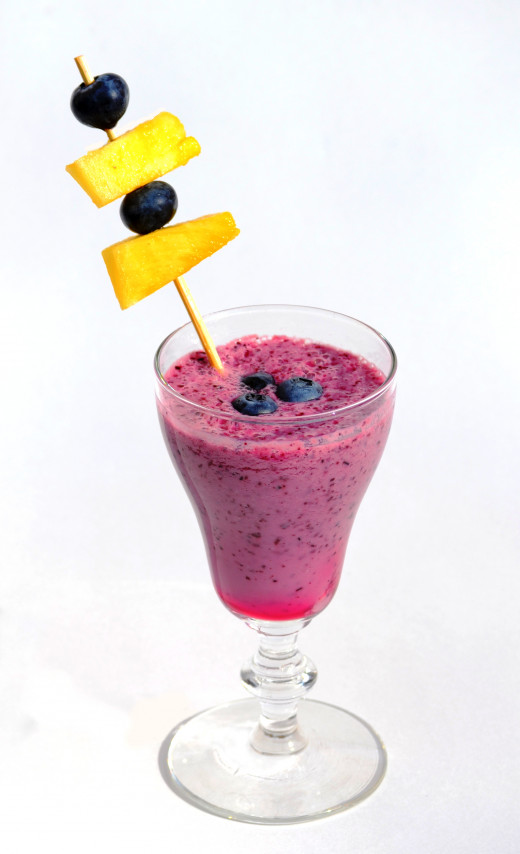
Effects on Liver
To expand upon an earlier referenced point, juice is far more readily absorbed into the body than whole fruit. This is an especially critical aspect when dealing with sugar, especially the fructose component of sugar, which is the most unhealthy.
When you eat a whole orange, for instance, you are not only taking in far less sugar than drinking a glass of orange juice of the same volume, but the sugar is also bound to the fiber. So it is absorbed into the body much slower than when it is free inside the juice. The combined factors of the quantity and the speed of the absorption make all the difference in the world to your liver.
The liver is the organ that metabolizes sugar, among many other things that your body takes in. When too much sugar is delivered to the liver in too short of a period of time, it is not able to metabolize all of it at once. Therefore, some of that sugar is turned into fat. It is possible for some of that fat to get trapped inside of the liver. If this is done over a period of years, it can cause a condition known as fatty liver, which can be a precursor to further complications.
Effects on the Pancreas
A high loading of sugar into your system in a short period of time does not only affect the liver, but also the pancreas. This organ is responsible for most of your body's production of insulin, a hormone that regulates blood sugar levels to your cells.
A large supply of sugar requires an immediate response of a high production of insulin, which is known as an insulin spike. Consistent, daily insulin spikes over a period of years can cause the cells to no longer respond adequately to the insulin supply they are receiving. This is commonly called insulin resistance. Therefore, the pancreas then is called upon to produce even more insulin.
This can result in heavy wear on the organ, and its ability to produce the hormone. When that happens, there can come a point where it is no longer able to produce enough insulin, and in some cases, stops producing it at all. This condition is known as Type 2 diabetes.
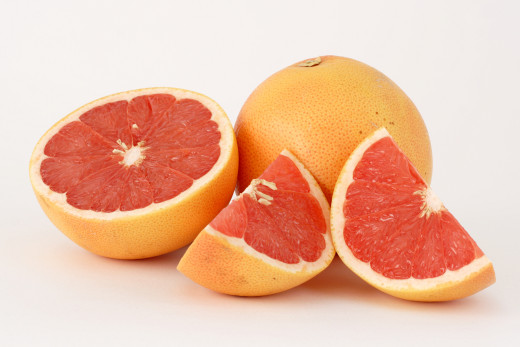
A Healthier Alternative
We all crave a fruity beverage from time to time. Fortunately for us, there is an alternative to buying fruit juice, or squeezing it ourselves and discarding the solid portion of the fruit in what is a tragic waste of food and nutrition.
Enter the smoothie. This is a popular, and much healthier alternative to separated fruit juice. It offers a fruit drink, without the loss of nutrients. Throwing the whole fruit in, and blending it, will provide the nutritional benefit of the whole fruit. It will contain all of the flavor of the fruit, without the high sugar concentration. You can make it thick or thin by adding a lot, or no water. You can even make a quick meal out of it by adding protein as described in this article.


